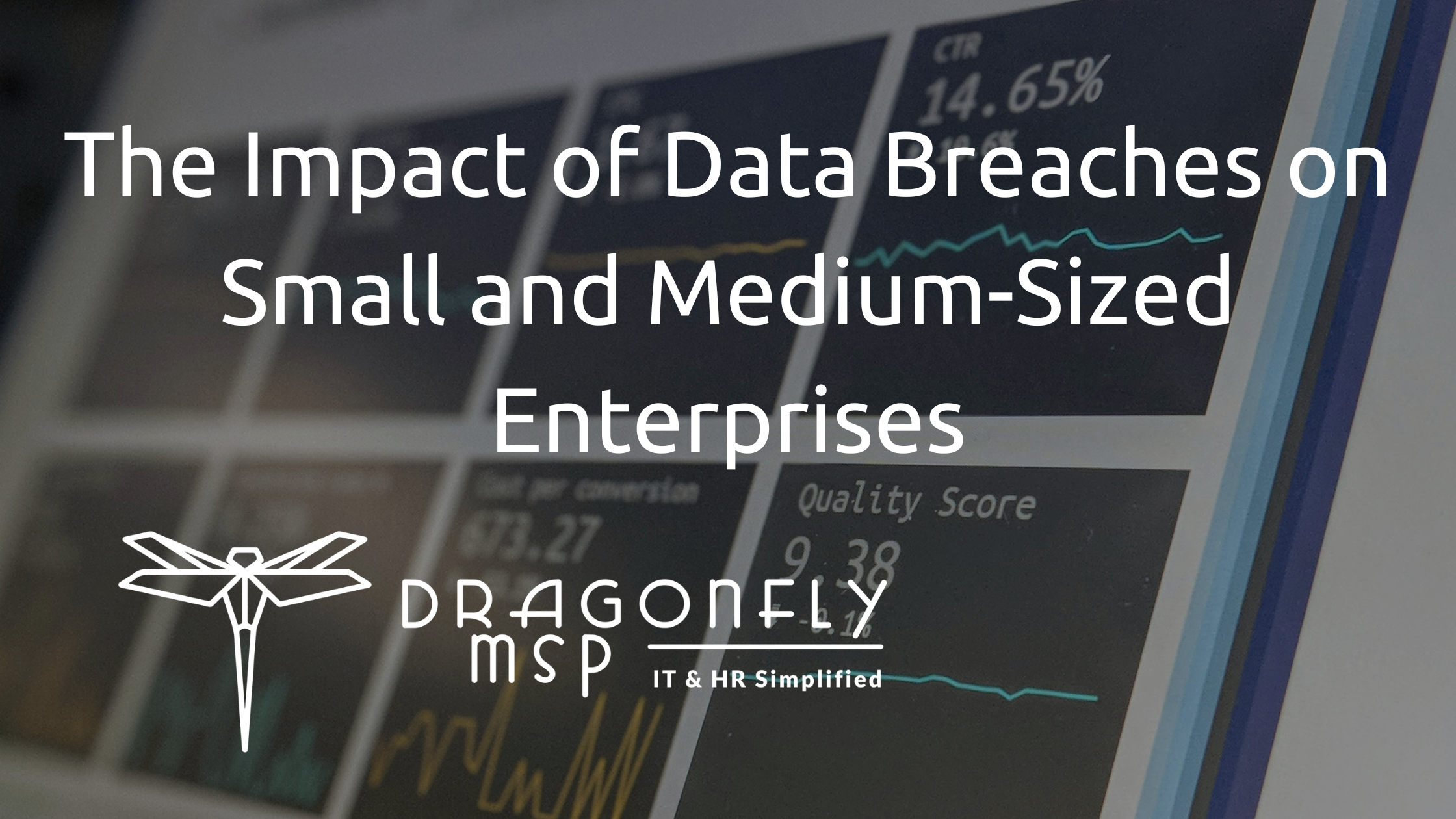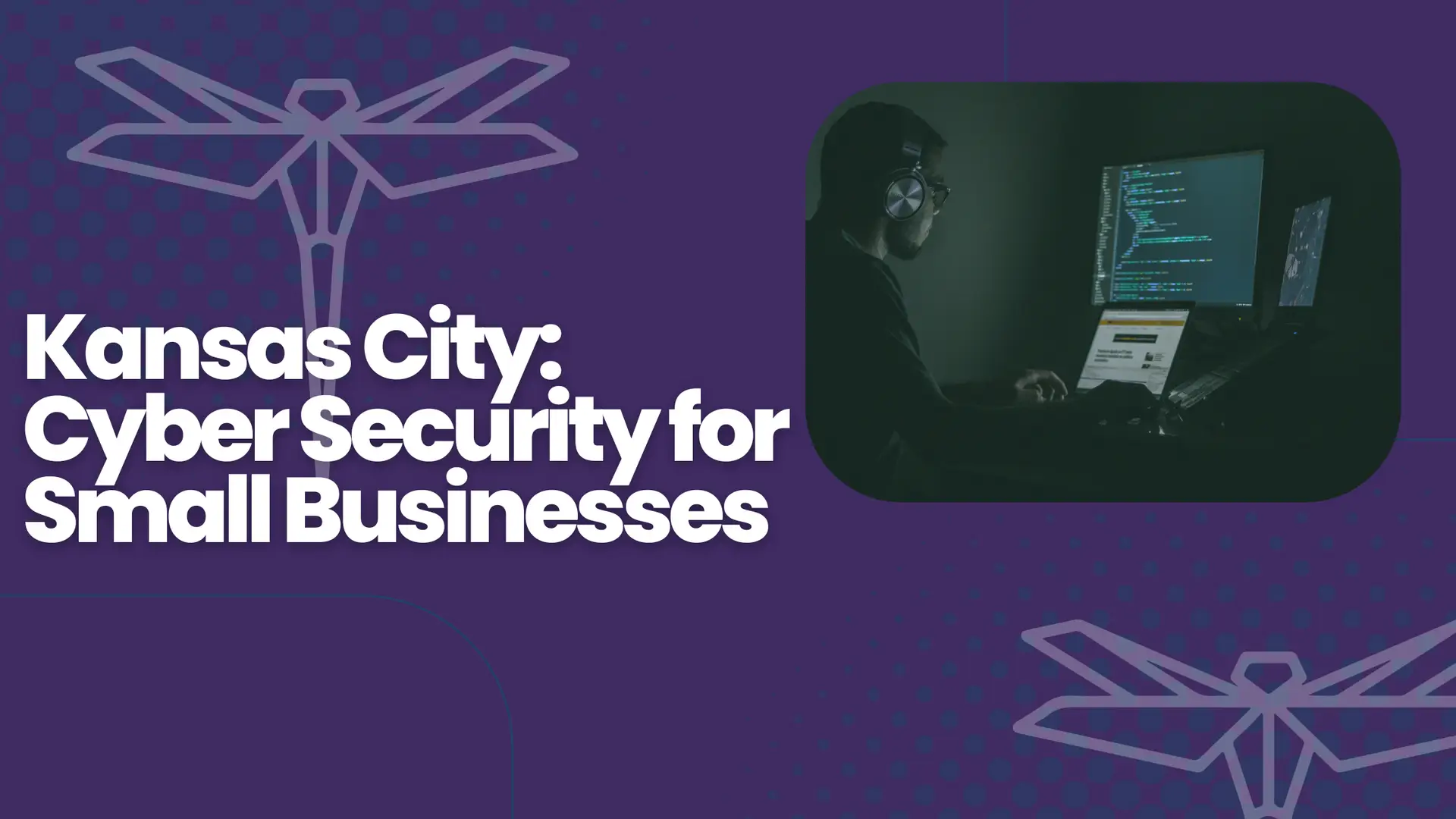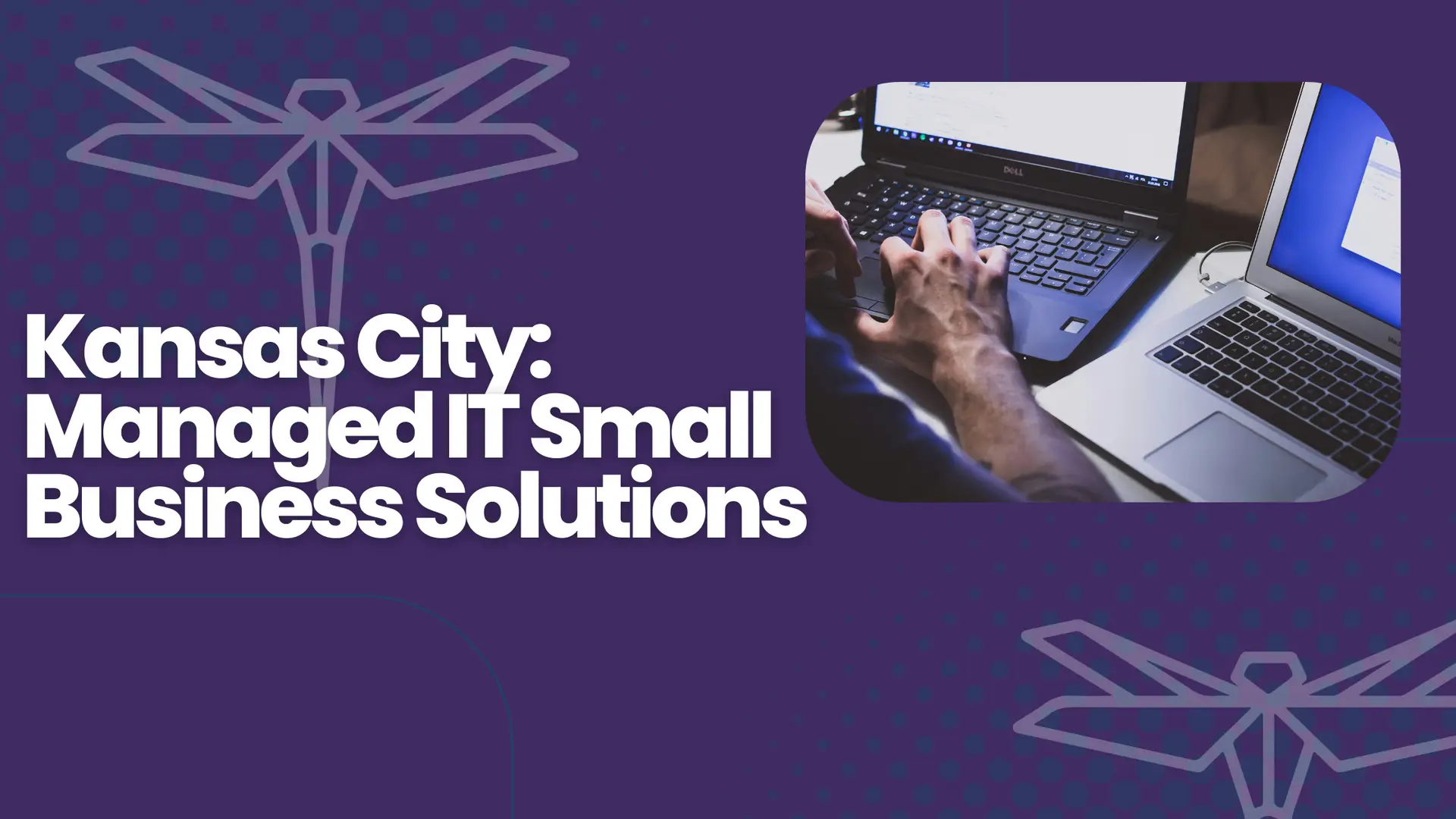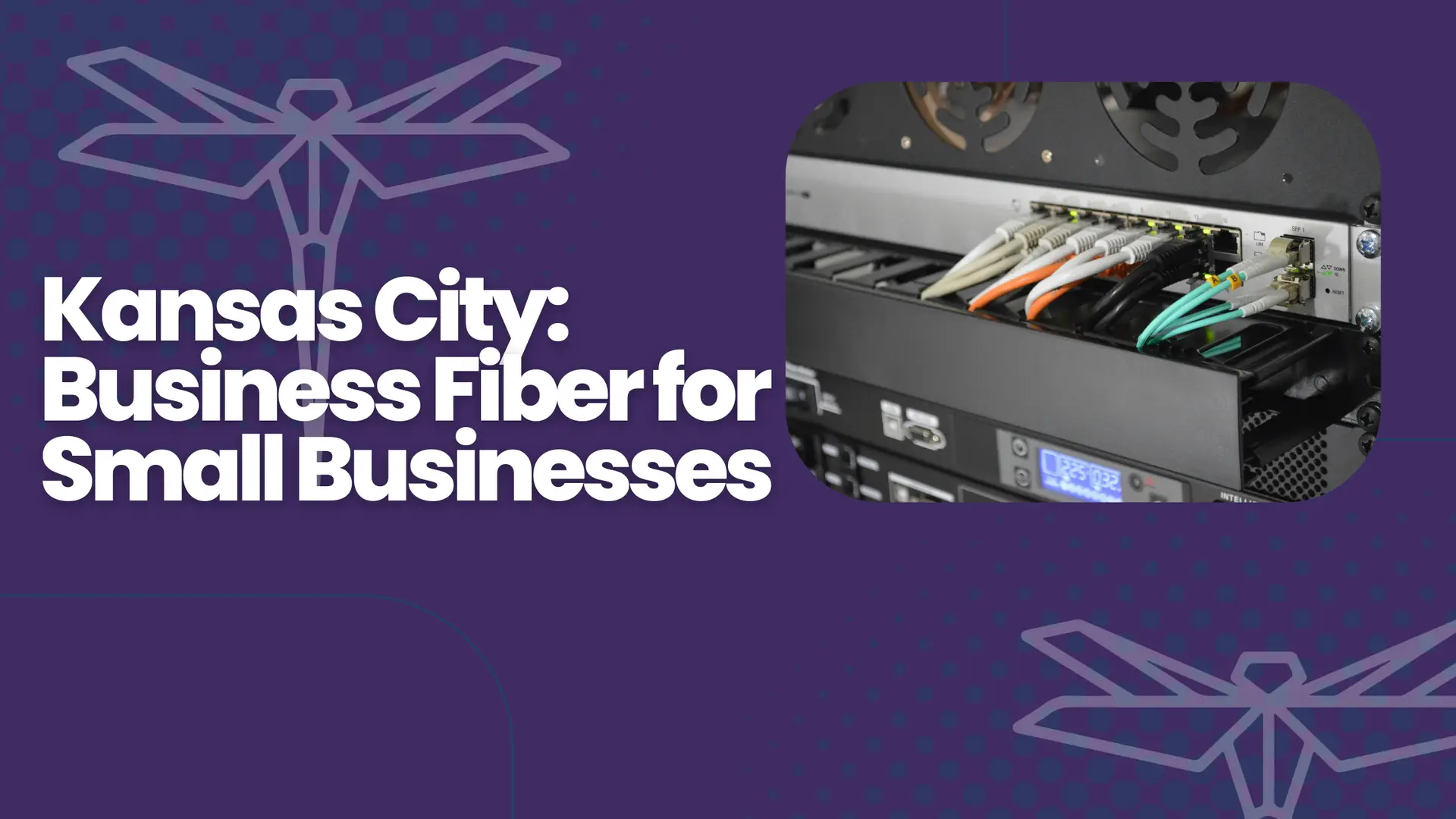Why Data Breaches Matter
Data breaches are like those pesky uninvited guests at a party. They sneak in, cause chaos, and leave you with a mess to clean up. But for small and medium-sized enterprises (SMEs), the stakes are considerably higher. A data breach can lead to significant financial losses, reputational damage, and, in some cases, the end of the business. So, how do these breaches occur, and what can SMEs do to prevent them? Let’s dive in! 🌊
1. Understanding Data Breaches
Data breaches occur when sensitive, protected, or confidential data is accessed or disclosed in an unauthorized manner. Think of it as if someone peeked into your secret diary and shared your innermost thoughts with the world. 😱
The Anatomy of a Data Breach
Data breaches can happen through various means, such as hacking, phishing, or even a simple human error. Hackers often target SMEs because they tend to have weaker security measures compared to larger corporations.
Why SMEs Are Vulnerable
SMEs might think they’re too small to be targeted, but that’s where they’re mistaken. Cybercriminals are like digital pickpockets, looking for easy targets. SMEs often lack the resources for robust cybersecurity, making them juicy targets for hackers.
The Ripple Effect
Once a breach occurs, the consequences can ripple through the business. From financial losses to legal liabilities and damaged reputations, the effects can be long-lasting and devastating.
2. Financial Consequences: The Wallet Drain
Ah, money the lifeblood of any business. A data breach can drain it faster than a leaky faucet. 💸
Direct Costs
The immediate costs of a data breach include notification expenses, forensic investigations, and legal fees. Imagine having to hire a team to tell you what went wrong and then another to fix it. Ouch!
Indirect Costs
Indirect costs, such as lost business opportunities and reduced customer trust, can be even more damaging. Customers are unlikely to stick around if they feel their data isn’t safe, leading to a potential loss of revenue.
Insurance and Compliance
While cybersecurity insurance might cover some costs, premiums can skyrocket post-breach. Plus, failing to comply with regulations like GDPR or HIPAA can result in hefty fines.
3. Reputational Damage: Trust is Key
In the business world, trust is everything. Once lost, it’s incredibly challenging to regain. 🔑
The Trust Factor
Customers trust businesses with their data, and a breach can shatter that trust. It’s like finding out your favorite pizza place is using expired cheese—yikes!
Social Media Backlash
In today’s digital age, news travels fast. A single tweet about a data breach can snowball into a full-blown PR crisis. SMEs need to be prepared to manage their online reputation proactively.
Crisis Management
Handling a data breach requires swift action and transparent communication. Businesses must own up to the breach, inform affected parties, and outline steps taken to prevent future incidents.
4. Legal Implications: Navigating the Legal Maze
Navigating the legal landscape post-breach can feel like trying to escape a labyrinth without a map. 🗺️
Regulatory Compliance
Different industries have varying compliance obligations. SMEs must know which regulations apply to them and ensure they’re meeting all requirements to avoid legal troubles.
Lawsuits and Liabilities
Affected customers may file lawsuits against businesses for failing to protect their data. Legal battles can be time-consuming and costly, further straining resources.
Contractual Obligations
SMEs may also face challenges if they have breached contracts with clients or partners due to a data breach. It’s crucial to review all agreements and assess potential liabilities.
5. Cybersecurity Measures: Building a Digital Fort
Prevention is better than cure, and this couldn’t be truer when it comes to data breaches. 🛡️
Fortifying Defenses
SMEs should invest in basic cybersecurity measures such as firewalls, antivirus software, and encryption. Remember, a strong password is your first line of defense!
Employee Training
Human error is a leading cause of data breaches. Regular training can help employees recognize phishing attempts and understand the importance of data protection.
Incident Response Plan
Having a well-documented incident response plan ensures that everyone knows what to do in the event of a breach. It’s like a fire drill but for your data.
6. The Role of Managed IT Services
Managed IT services can be a game-changer for SMEs looking to bolster their cybersecurity. 🎮
Outsourcing Expertise
Hiring a managed service provider (MSP) gives SMEs access to a team of experts who can monitor and manage their IT infrastructure. It’s like having your own digital superhero squad!
Cost-Effective Solutions
MSPs offer scalable solutions tailored to fit the needs and budgets of SMEs. This means businesses can get enterprise-level security without breaking the bank.
Proactive Monitoring
With 24/7 monitoring and support, MSPs can identify and mitigate potential threats before they cause harm. It’s like having a bouncer for your digital nightclub.
7. The Power of Data Encryption
Encryption is like a secret code that keeps your data safe from prying eyes. 🔐
How Encryption Works
Encryption scrambles data into unreadable gibberish that can only be deciphered with a key. This means even if data is intercepted, it remains secure.
Types of Encryption
There are various encryption methods, such as symmetric and asymmetric encryption. SMEs should choose the right type based on their specific needs and risks.
Implementing Encryption
Encryption should be used for data at rest and in transit. SMEs should also ensure that encryption keys are stored securely to prevent unauthorized access.
8. Dark Web Monitoring: The Secret Weapon
The dark web is a mysterious place where stolen data often ends up. Monitoring it can help SMEs stay ahead of potential threats. 🕵️♂️
What is the Dark Web?
The dark web is a part of the internet that’s not indexed by search engines and requires special software to access. It’s where cybercriminals buy, sell, and trade stolen data.
Dark Web Monitoring Tools
Dark web monitoring tools can alert businesses when their data appears on the dark web, allowing them to take swift action to mitigate risks.
Benefits of Monitoring
By keeping an eye on the dark web, SMEs can identify potential breaches early and take steps to protect their data and reputation.
9. The Importance of Regular Audits
Regular audits are like health check-ups for your IT systems. They help identify vulnerabilities and ensure everything is running smoothly. 🩺
Types of Audits
There are various types of audits, such as security audits, compliance audits, and vulnerability assessments. Each serves a unique purpose and provides valuable insights.
Benefits of Audits
Audits help identify weaknesses in IT systems and processes, allowing businesses to address them before they become major issues. They also ensure compliance with industry regulations.
Conducting Audits
SMEs can conduct audits internally or hire external experts for an unbiased assessment. Regular audits should be part of the overall cybersecurity strategy.
10. Conclusion: Staying Ahead of the Curve
Data breaches may seem daunting, but with the right strategies and tools, SMEs can protect themselves and thrive in the digital age. 🔍
Key Takeaways
SMEs should focus on strengthening their cybersecurity measures, educating employees, and leveraging managed IT services. Proactive monitoring and regular audits are also crucial.
The Path Forward
By prioritizing data security and staying informed about the latest threats, SMEs can turn potential vulnerabilities into opportunities for growth and innovation.
Final Words of Wisdom
Remember, cybersecurity is not a one-time effort but an ongoing journey. Stay vigilant, stay informed, and keep your digital defenses strong! 💪
#Cybersecurity #DataBreach #SMEs #ManagedIT #DataProtection







